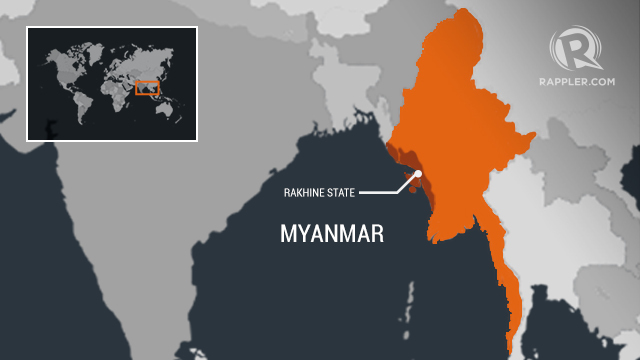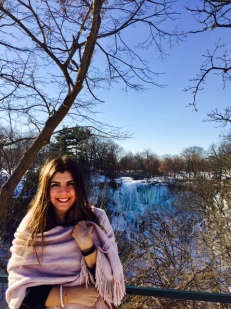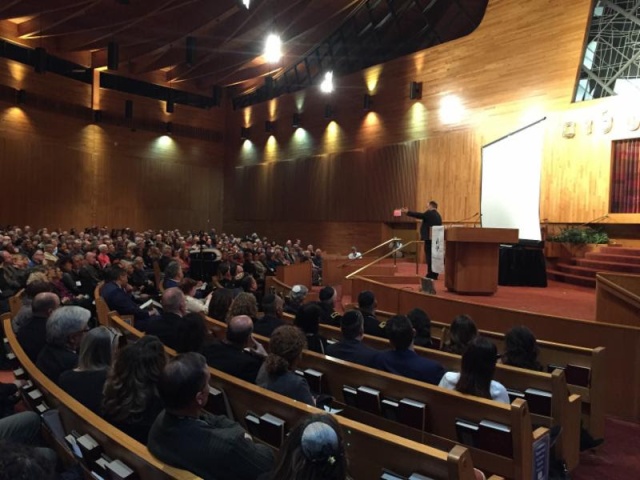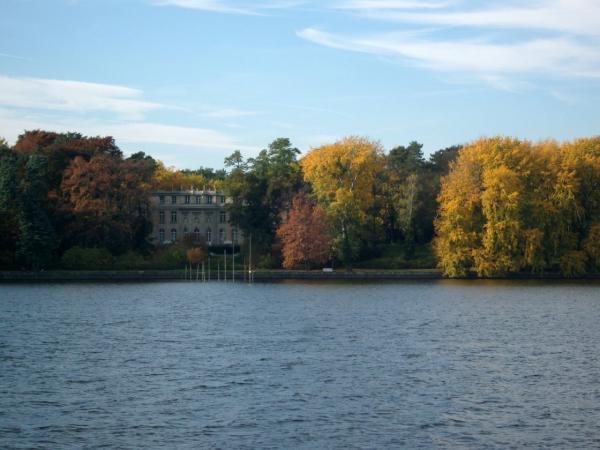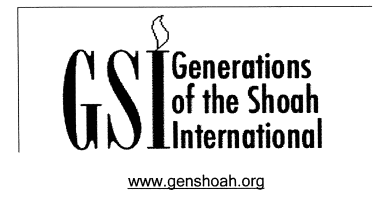The lifeless body of a 16-month old Rohingya boy, Mohammed Shohayet, was found laying face down on the bank of River Naf at the Bangladesh-Burma border. Although reminiscent of the photograph of Kurdish-Syrian Alan Kurdi, neither this photograph nor the conflict in Burma have received nearly as much attention as the crisis in Syria. Of course, although coverage is important, it has not necessitated action in either conflict.
The Rohingya are a Muslim minority group in Burma (also known as Myanmar), mainly residing in the Rakhina State. While the conflict in Burma has not yet been declared a genocide, the US Holocaust Memorial Museum (USHMM) compiled a report last May on the early warning signs of genocide. The Simon-Skjodt Center for the Prevention of Genocide found evidence of a variety of key warning signs, including physical segregation of the population, restrictions on both marriages and births, constraints on movement, and physical violence. And since the release of this report, additional and increasing troubling information has continued to flow from the nation, with the most recent report by the United Nations documenting crimes against humanity. Media organizations have had limited access to the Rakhine state as the government continues its propaganda campaign, but recently leaked footage captured police officers attacking a group of Rohingya men. The government later arrested the officers and stated that the beating was an isolated incident, while claiming similar footage from the previous month was faked. As a result of the conflict, tens of thousands of Rohingya are displaced and have tried fleeing to neighboring countries on boats, only to be rejected.
